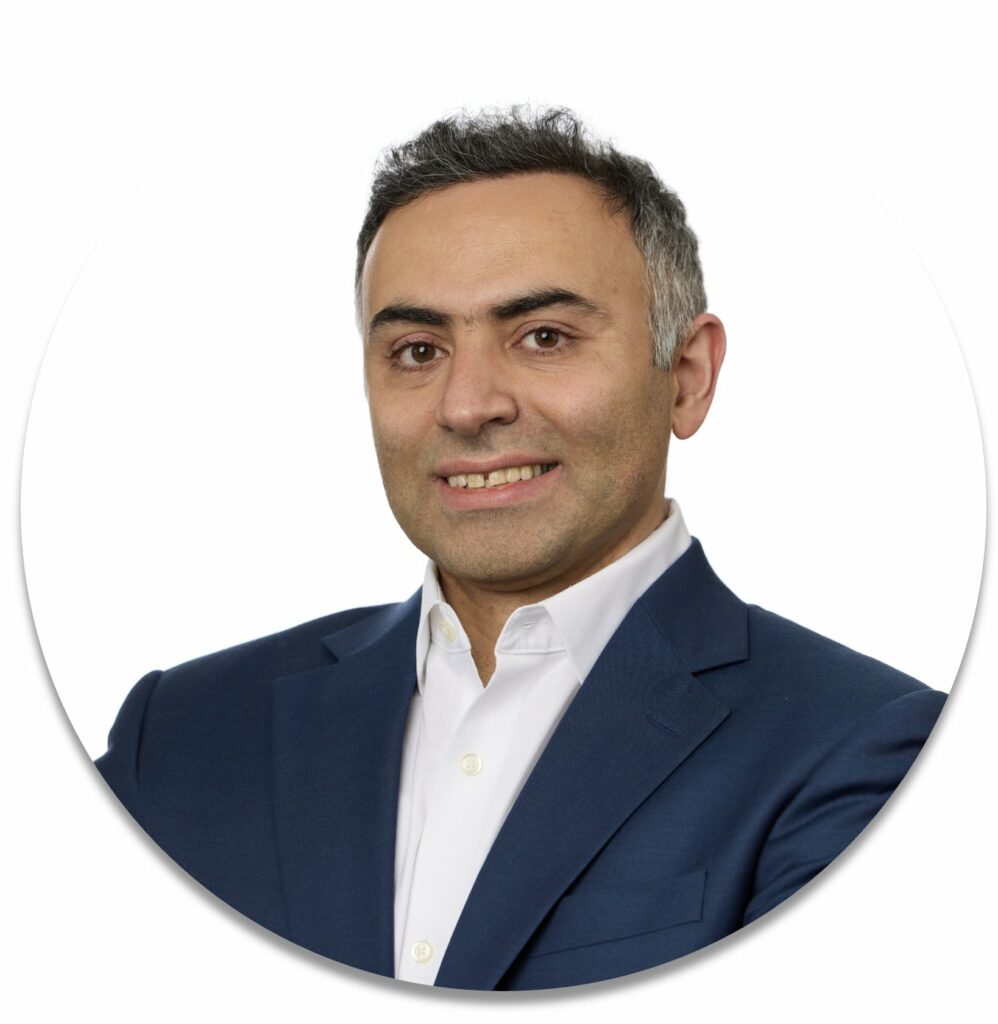PRIME-MICCAI-2025
Description & Relevance
Context
Big and complex data is fuelling diverse research directions in both medical image analysis and computer vision research fields. These can be divided into two main categories: (1) analytical methods, and (2) predictive methods. While analytical methods aim to efficiently analyse, represent and interpret data (static or longitudinal), predictive methods leverage the data currently available to predict observations at later time-points (i.e., forecasting the future) or predicting observations at earlier time-points (i.e., predicting the past for missing data completion). For instance, a method which only focuses on classifying patients with mild cognitive impairment (MCI) and patients with Alzheimer’s disease (AD) is an analytical method, while a method which predicts if a subject diagnosed with MCI will remain stable or convert to AD over time is a predictive method. Similar examples can be established for various neurodegenerative or neuropsychiatric disorders, degenerative arthritis or in cancer studies, in which the disease/disorder develops over time.
Why predictive intelligence?
It would constitute a stunning progress in the MICCAI research community if, in a few years, we contribute to engineering a ‘predictive intelligence’ which can map both low-dimensional and high-dimensional medical data onto the future with high precision. This workshop is the first endeavor to drive the field of ‘high-precision predictive medicine’, where late medical observations are predicted with high precision, while providing explanation via machine and deep learning, and statistically, mathematically- or physically-based models of healthy, disordered development and ageing. Despite the terrific progress that analytical methods have made in the last twenty years in medical image segmentation, registration or other related applications, efficient predictive intelligent models/methods are somewhat lagging behind. As such predictive intelligence develops and improves —and this is likely to do so exponentially in the coming years— this will have far-reaching consequences for the development of new treatment procedures and novel technologies. These predictive models will begin to shed light on one of the most complex healthcare and medical challenges we have ever encountered, and, in doing so, change our basic understanding of who we are.
What kind of research problems we aim to solve?
The main aim of PRIME-MICCAI is to propel the advent of predictive models in a broad sense, with application to medical data. Particularly, the workshop will admit 12-page papers describing new cutting-edge predictive models and methods that solve challenging problems in the medical field. We hope that PRIME workshop becomes a nest for high-precision predictive medicine, one that is set to transform multiple fields of healthcare technologies in unprecedented ways.
Topics of interests include but are not limited to predictive methods dedicated to the following topics:
- Modeling and predicting disease development or evolution from a limited number of observations;
- Computer-aided prognostic methods (e.g., for brain diseases, prostate cancer, cervical cancer, dementia, acute disease, neurodevelopmental disorders);
- Forecasting disease/cancer progression over time;
- Predicting low-dimensional data (e.g., behavioral scores, clinical outcome, age, gender);
- Predicting the evolution or development of high-dimensional data (e.g., shapes, graphs, images, patches, abstract features, learned features);
- Predicting high-resolution data from low-resolution data;
- Prediction methods using 2D, 2D+t, 3D, 3D+t, ND and ND+t data;
- Predicting image modality from a different modality (e.g., data synthesis);
- Predicting lesion evolution;
- Predicting missing data (e.g., data imputation or data completion problems).
- Predicting clinical outcome from medical data (genomic, imaging data, etc).
In-brief
This workshop will mediate ideas from both machine learning and mathematical/statistical/physical modeling research directions in the hope to provide a deeper understanding of the foundations of predictive intelligence developed for medicine, as well as to where we currently stand and what we aspire to achieve through this field. PRIME-MICCAI 2025 will feature a single-track workshop with keynote speakers with deep expertise in high-precision predictive medicine using machine learning and other modeling approaches —which are believed to stand at opposing directions. Our workshop will also include technical paper presentations, poster sessions, and demonstrations. Eventually, this will help steer a wide spectrum of MICCAI publications from being ‘only analytical’ to being ‘jointly analytical and predictive’.
Organizers
Keynote Speakers
Short bio:
Kayhan Batmanghelich, Ph.D. is an Assistant Professor in the Department of Electrical and Computer Engineering at Boston University. His research focuses on the intersection of artificial intelligence and healthcare, with an emphasis on medical imaging, explainable AI, and multimodal learning. He develops domain-specific foundational models that integrate radiological imaging, clinical data, and molecular information to support diagnosis, prognosis, and therapeutic decision-making. Dr. Batmanghelich has led multiple research projects supported by the NIH, NSF, and industry sponsors, and collaborates closely with clinicians to translate machine learning innovations into clinical workflows. He is a recipient of the Google Faculty Research Award and a Junior Faculty Fellow at the Hariri Institute for Computing.
Short bio: Prof. Qi Dou is an Assistant Professor with the Department of Computer Science and Engineering at The Chinese University of Hong Kong. She is also an affiliated member with T Stone Robotics Institute, Multi-scale Medical Robotics Centre, and Hong Kong Centre for Logistics Robotics. Her research interest lies in the interdisciplinary area of AI and robotics for healthcare applications with expertise in medical image analysis and surgical robotics towards the goal of advancing disease diagnosis and intervention via machine intelligence. In this area, she has published over a hundred papers with Google Scholar Citations 27k+, H-index 68, and a number of distinguished Best Paper Awards. She received IEEE Engineering in Medicine & Biology Society (EMBS) Early Career Achievement Award 2023 and China NSFC Excellent Young Scientists Fund (Hong Kong & Macau). She served as Program Co-Chair of the major conferences of MICCAI 2024, IPCAI 2023, MICCAI 2022, MIDL 2021, and Associate Editor of top journals including Medical Image Analysis and IEEE Transactions on Medical Imaging.
Short bio: Karim Lekadir is an ICREA Research Professor in the Department of Mathematics and Computer Science at the University of Barcelona. He obtained his PhD from Imperial College London and was a postdoctoral researcher at Stanford University. He investigates new data science techniques for trustworthy and ethical artificial intelligence in medicine. He has been PI in 12 EU-funded projects, coordinated 5 Horizon projects, and was awarded an ERC Consolidator grant to investigate new AI techniques tailored to resource-limited settings. In addition, Karim is General Chair for the MICCAI 2024, which was organized in Africa (Morocco) for the first time.
Short bio:
Dr. Udunna Anazodo is a William Dawson Scholar and Assistant Professor at the Montreal Neurological Institute, McGill University, where she leads research at the intersection of neuroimaging, neuroscience, and artificial intelligence. She serves as Chair of the Consortium for Advancement of MRI Education & Research in Africa (CAMERA), a global initiative dedicated to expanding MRI access and expertise across the African continent. She is also the Scientific Director of the Medical Artificial Intelligence (MAI) Lab at Crestview Radiology in Lagos, Nigeria, where her work focuses on applying AI to medical imaging for improved diagnostic tools in resource-limited settings. In addition, Dr. Anazodo holds academic appointments at the University of Cape Town and Western University in Canada. Her research is grounded in a strong commitment to innovation in neuroimaging and health equity on a global scale.
Program Committee Members
🌍 Contributors and Affiliations
- Ahmed Nebli — Forschungszentrum Juelich, Germany
- Bailey Trang — Stanford University, USA
- Celia Cintas — International Business Machines, USA
- Ehsan Adeli — Stanford University, USA
- Favour Nerrise — Stanford University, USA
- Furkan Pala — Imperial College London, UK
- Gang Li — University of North Carolina, Chapel Hill, USA
- Ihsan Ullah — DGIST, South Korea
- Islem Rekik — Imperial College London, UK
- Jiahong Ouyang — Stanford University, USA
- Kevin Mancini — Sapienza University of Rome, Italy
- Lichi Zhang — Shanghai Jiaotong University, China
- Manhua Liu — Shanghai Jiao Tong University, China
- Maria Zuluaga — King’s College London, UK
- Mayssa Soussia — National Engineering School of Sousse, Tunisia
- Myeongkyun Kang — DGIST, South Korea
- Osama Hassan — King’s College London, UK
- Philip Chikontwe — Harvard Medical School, Harvard University, USA
- Qin Liu — Stanford University, USA
- Qingyu Zhao — Weill Cornell Medicine, Cornell University, USA
- Reza Azad — RWTH University, Germany
- Sanghyun Park — DGIST, South Korea
- Seung Yeon Shin — Hanyang University ERICA, South Korea
- Soopil Kim — DGIST, South Korea
- Wanjiru Catherine — International Business Machines, USA
- Ziga Spiclin — University of Ljubljana, Slovenia
Submission
The number of pages can range between 8 and 12 pages including references. Papers should be formatted in Springer LNCS style. PRIME reviewing is double-blind.
The accepted papers will be published in the PRIME LNCS Springer Proceedings.
For paper submission, please use the following link: TBD
Key dates:
Full Paper Deadline: June 24, 2025; 11:59 PM EST; extended to July 3, 2025 at 11:59 PM EST
Submission website: https://openreview.net/group?id=MICCAI.org/2025/Workshop/PRIME
Notification of Acceptance: July 15, 2025
Camera-ready Version: July 24, 2025, 11:59 PM PST
Workshop date: September 27, 2025
Submission guidelines:
Papers should be submitted electronically following the guidelines for authors and LaTeX and MS Word templates available at Lecture Notes in Computer Science, double blind review). Manuscripts should be up to 12 pages and submitted via OpenReview at PRIME submission website. No modifications to the templates are permitted. Failure to abide by the formatting guidelines will result in immediate rejection of the paper. The papers will be evaluated by three external reviewers or potential inclusion in the scientific program of PRIME-MICCAI.
Exciting update for PRIME 2025: We moved to OpenReview instead of CMT!
This year, we will be using OpenReview to receive submissions. However, we will continue to follow the same review guidelines as in previous years, and all accepted papers will be published in our Lecture Notes in Computer Science (LNCS) PRIME MICCAI Springer Proceedings.
Instructions for submitting your camera-ready paper:
Please make sure to upload a zip file including the following documents:
1. The final camera-ready PDF of your paper.
2. All original files are required to generate the final PDF. If you are using Latex, please make sure to include .tex, .bib, figures, and any other files for compiling the tex file. If you are using Word, please upload the docx file. Name the main file using your submission ID number (example: 32.tex or 32.docx).
3. Please download and fill out the Springer copyright form which can be found at https://shorturl.at/KvCt2
Include the signed PDF form of the PRIME LNCS Copyright document.
Please make sure that the copyright forms have been filled out correctly before uploading the zip file.
The paper length can vary between 8 and 12.5 pages.
Finally, please upload only one zip (not rar) file with everything included (using your paper submission ID, for example: PRIME-32.zip, where 32 is your paper ID number).
Program & Proceedings
The PRIME 2025 tentative program is available at: https://shorturl.at/8ovGX —note that the schedule may be updated.








